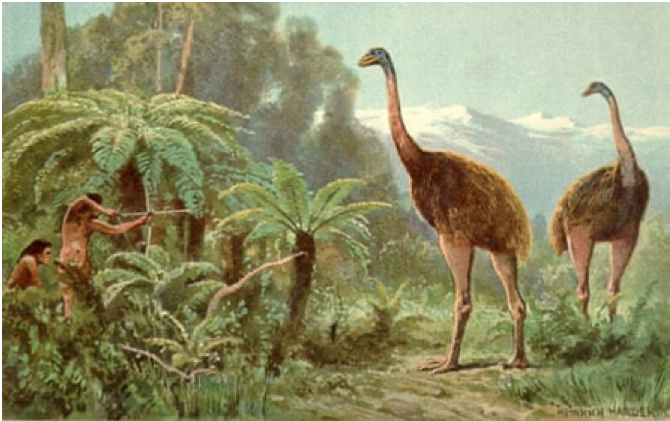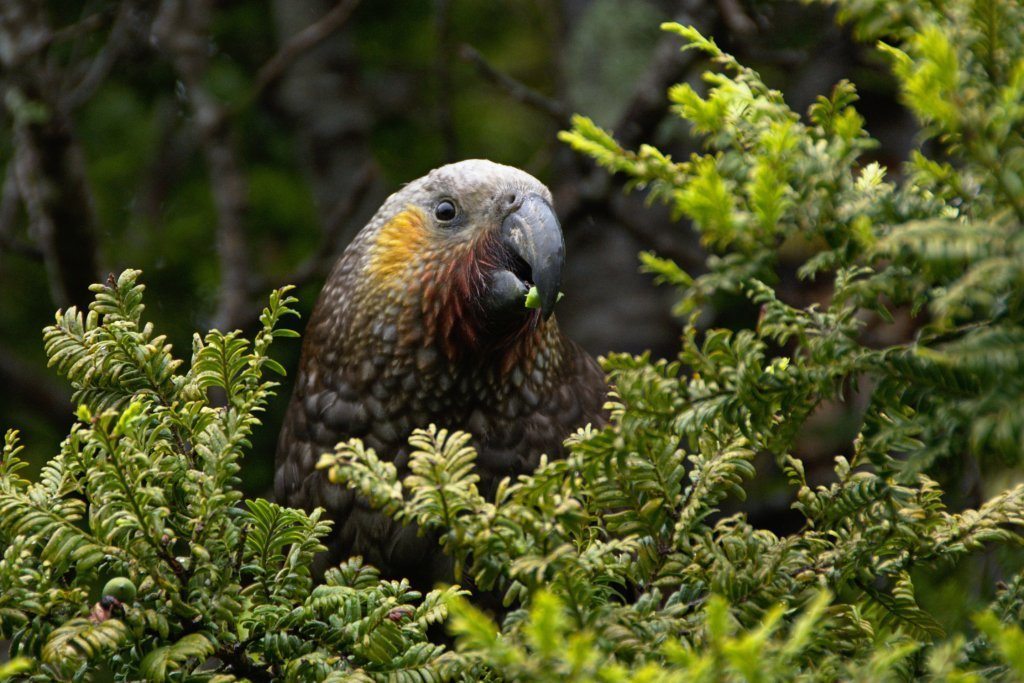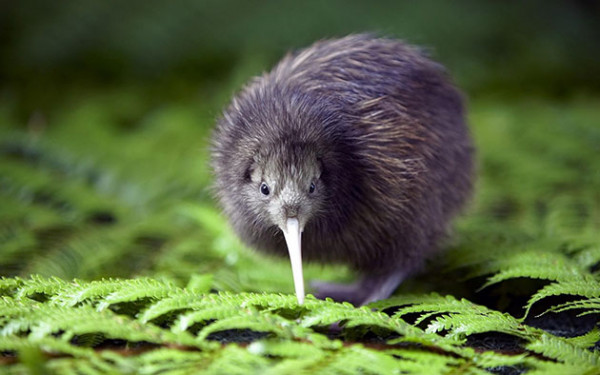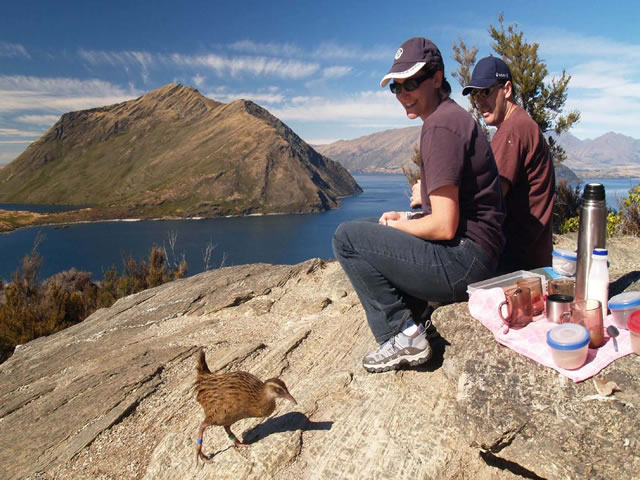A recent Guardian article discusses the giant moa, the 12-foot-tall, extinct New Zealand bird, and a US startup’s plan to “de-extinct” it.
While the announcement has generated public excitement, some experts express scepticism about the feasibility of resurrecting the moa, which disappeared roughly 600 years ago.
At more than three metres (10ft) tall, the giant moa is the tallest bird known to have walked on Earth. Up until the arrival of humans, it patrolled the wilds of New Zealand, feasting happily on trees and shrubs. Today, this wingless herbivore survives only in Māori oral histories, and discoveries of bones, mummified flesh and occasional feathers.

Unfortunately, there is an extensive trade in moa bones. New Zealand museums and cultural authorities have tried to prevent this, with limited success – sadly, these artefacts attract high prices, making them attractive prospects.
A Controversial Project
The Texas startup behind the project Colossal Bioscience, are pressing ahead with the project, even in the wake of controversy and ethical concerns being raised. Working in partnership with the Ngāi Tahu Research Centre at New Zealand’s University of Canterbury, the team hope to “de-extinct” the bird by taking DNA from fossils and editing genes of its nearest surviving relatives, such as the emu. The birds will then be released into special “wilding” sites.
In this endeavour, they are backed by Lord of the Rings filmmaker Peter Jackson, who is an investor in Colossal Biosciences and an avid moa bone collector himself.
However, in our view, we feel that the considerable resources that are being allocated to this project could be better used to save today’s endangered species, rather than bringing back extinct ones, a view that is shared by many scientists and researchers. There are also concerns over bringing back a species from hundreds of years ago into today’s ecosystem, and whether the moa would be able to exist within it.

Aroha Te Pareake Mead, a member of the International Union for Conservation of Nature Policy Development Working Group on the use of Synthetic Biology in Conservation, says:
“De-extinction is a misnomer, a false promise, that is rooted more in ego than a genuine effort to conserve species. These are exercises in the egotistical delight in the theatrical production of ‘discovery’ devoid of ethical, environmental and cultural considerations. Bring the moa back? To where? To what quality of life? To roam freely?”
Protecting and Promoting Biodiversity in New Zealand
With biodiversity and conservation under constant threat in New Zealand, as everywhere, there are plenty of other fantastic wildlife-related projects and volunteer programmes that are ongoing and that we support. Why not pay them a visit too, as part of your New Zealand holiday?
Here are just some of the conservation projects that you can visit and support on our tours.

Abel Tasman Birdsong Trust
Abel Tasman National Park, South Island
We support this fantastic organisation by making a yearly donation toward its running costs. The Abel Tasman Birdsong Trust aims to protect and enhance biodiversity in the Abel Tasman National Park. Through extensive predator control, planting and maintaining native tree species and restoring animal and plant populations decimated by logging, forest fires, farming and predators, they hope to restore the sound of birdsong to the skies of New Zealand.
Zealandia Wildlife Sanctuary (Te Māra a Tāne)
Wellington
Home to some of New Zealand’s rarest and most extraordinary wildlife, Zealandia is the world’s first fully-fenced urban ecosanctuary. It’s one of the largest volunteer-supported conservation projects in New Zealand, and is located just 10 minutes from Wellington city centre. Aiming to return the Wellington Valley to how it was before the arrival of humans and the predators they introduced, their efforts have seen the revival of species such as the tūī, kākā and kererū – now common sights in the area. You can see their work for yourself on a visit – it’s well worth a trip!
Predator-free New Zealand
Nationwide
We wrote a post about this not too long ago. This initiative aims to make New Zealand, well, predator-free by 2050. There are organisations nationwide supporting this strategy, each with the mission of ridding their local region of predators and pests. This is done through various means, including poison, traps and providing local residents with bait boxes.

Eco Wānaka Adventures
Wānaka, South Island
On the guided tours run by Chris and his team over at Eco Wānaka Adventures, you’ll get the opportunity to assist in the conservation effort yourself by planting a native tree. This family-run eco tour company offers a range of fantastic tours of Lake Wānaka and its surrounding areas, taking in local flora and fauna and giving you the chance to really feel a part of nature in this stunning area of the world. Over the years, Eco Wānaka’s guests have planted over 8,000 trees, which provide food and shelter to thousands of native species.
Tiritiri Matangi Island
Auckland
Tiritiri Matangi Island is a wildlife sanctuary and one of New Zealand’s most important and exciting conservation projects. For anyone interested in the native birdlife of New Zealand this is an ideal introduction to some of the species they may encounter on a journey through the country. Birds seen by our travellers include the flightless takahe, one of the world’s rarest species, the tuatarai, tui, fantail, silvereye, bellbird and grey warbler.
If you’re interested in New Zealand’s abundant and extraordinary wildlife, why not try one of our special interest tours? From a tour taking in the best of the country’s flora and fauna, to a birdwatching tour, to a trip celebrating the beautiful and landscaped gardens housing some of New Zealand’s most fascinating plants, we’ve got a bit of something for everybody. Book your 2026 New Zealand holiday today!
